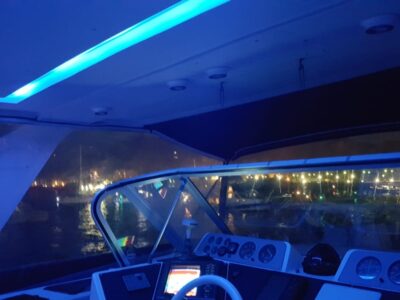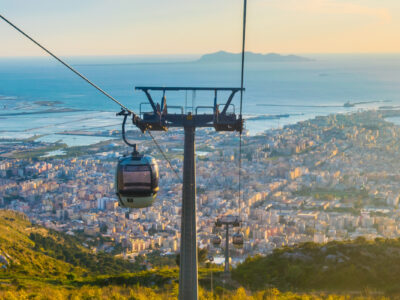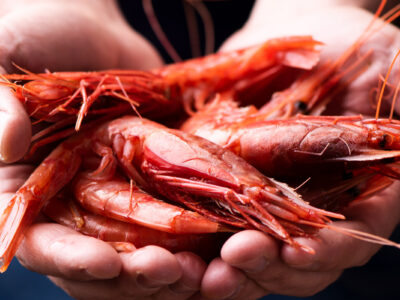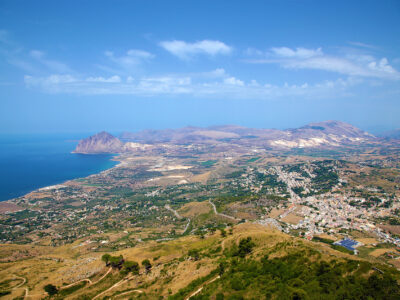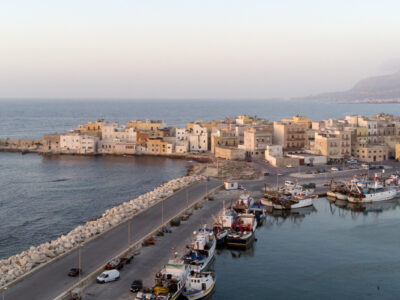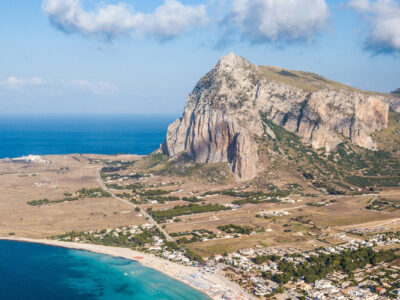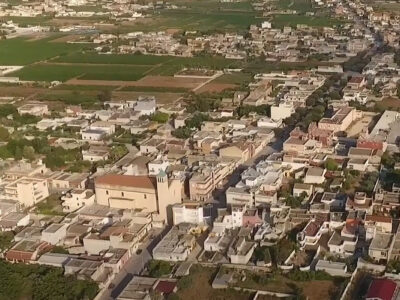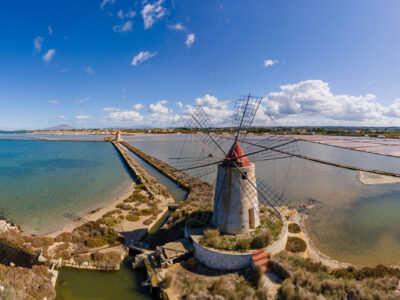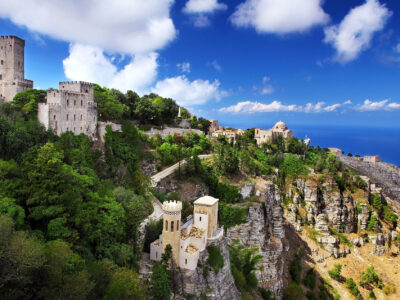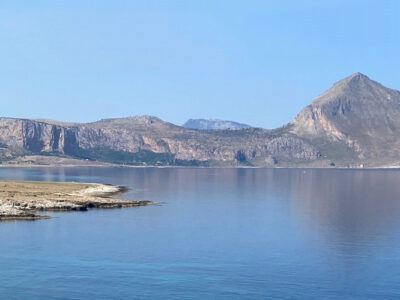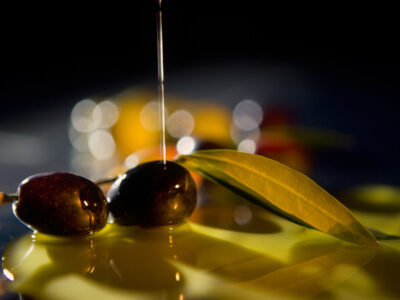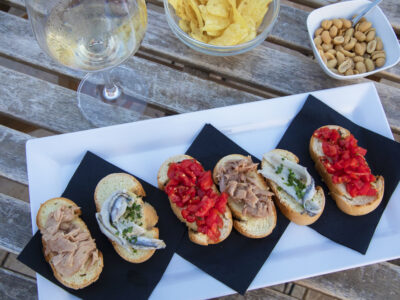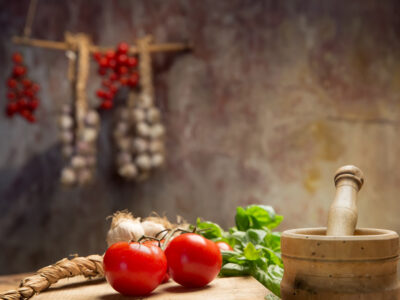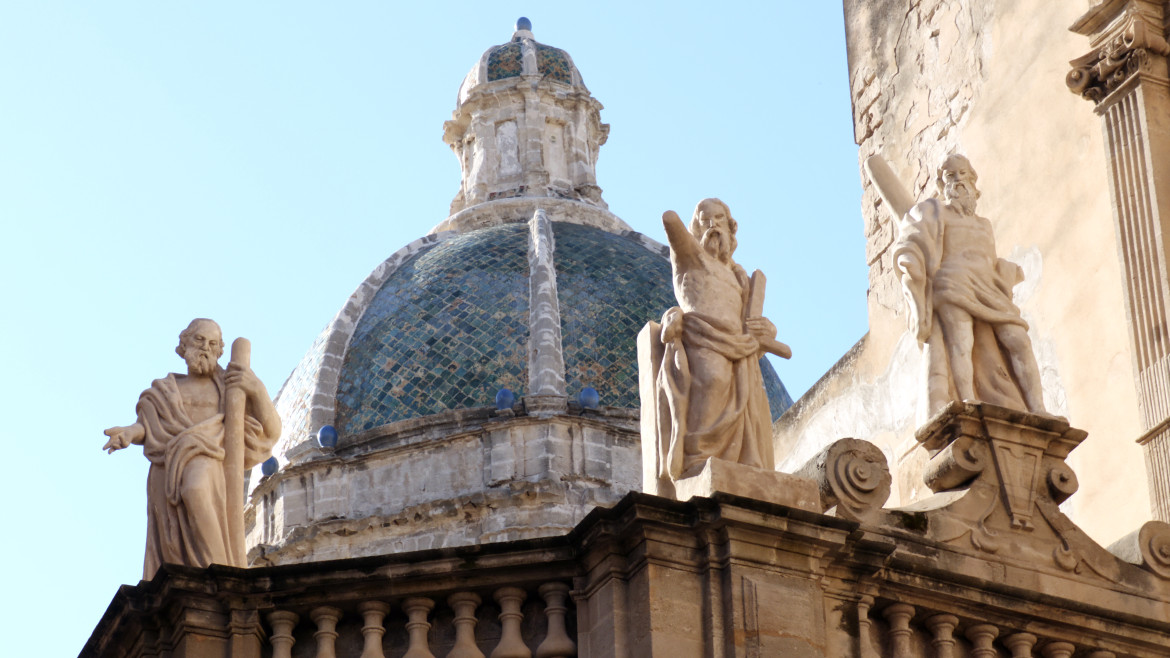In the 17th century Trapani maintained its loyalty to the kingdom of Spain. While in Rome the formal solutions of great Baroque art were being defined, our town, after lingering in the tardy forms of 16th-century classicism or mannerism, (as in the Jesuit church and its College), moved towards a chromatic-Spanish interpretation of the Baroque which saw the prevalence of colour intonations over plastic effects.
Inlaid polychrome marble altars, carvings and spiral columns, modulations of light and shadow with alternating solids and voids are the distinctive architectural features. These effects can be found in the interior of the church of ‘Soccorso’, better known as Badia Nuova, and on the portal of the ‘Carminello’ church.
Between the end of the 17th century and the early 18th century, the architecture of Trapani started to move towards a more baroque vision in which use of contrast defined the relief value of the façades and their features.
Some examples are the façades of the Itria church and of Palazzo Senatorio (the seat of the City Senate).
The bourgeoisie and the aristocracy of Trapani, along with the various religious orders – Dominicans, Franciscans, Augustinians – built palaces, churches and convents according to the taste and style of the times
In the early 18th century the Trapani architectural style was inserted into the Borrominiesque baroque atmosphere by Giovanni Biagio Amico. He gave a personal interpretation of the Baroque style by developing dynamic relief solutions for façades.
Examples of his style are evident in the façade of two churches, San Lorenzo and the Purgatory: the former after Borromini’s style, the latter with a tower-like façade, in which momentum and vertical development meet with a fragmented curve in a horizontal movement.
Some families from Trapani were responsible for the construction of buildings and palatial homes of so-called barocchetto (litt. “minor baroque”), that is a Baroque more oriented towards ornamental and decorative interests rather than seeking to create original compositions. A rich profusion of carvings and decorations characterise the frames of windows and balconies in three palaces: Berardo Ferro, Milo di Salina and Lombardo. A linear-baroque style can be found instead in some portals and in the mansions of Alessandro Ferro and Annibale Fardella.



